It can be difficult to choose the correct variety of vegetables to plant in your garden if you are located in an area with heat. This piece of writing will discuss how to cultivate veggies that can withstand high temperatures in warm locations.
You’ve probably had trouble growing spring vegetables like lettuce, radishes, peas, cilantro, and brassica s in scorching temperatures if you live somewhere where summer temperatures are higher than eighty degrees Celsius.
Thankfully, there are a number of heat-tolerant veggies that may be grown in the sweltering summer months.
Common agricultural products that withstand the heat well include eggplants, peppers, tomatoes, cucumbers, and squash. However, you might be surprised by some of the vegetables on this compilation!
Vegetables That Can Handle Heat:
These heat-tolerant veggies enjoy absorbing warmth and sunlight. Keep in mind that the majority still need steady hydration to sustain development even in hot weather.
Malabar Spinach:
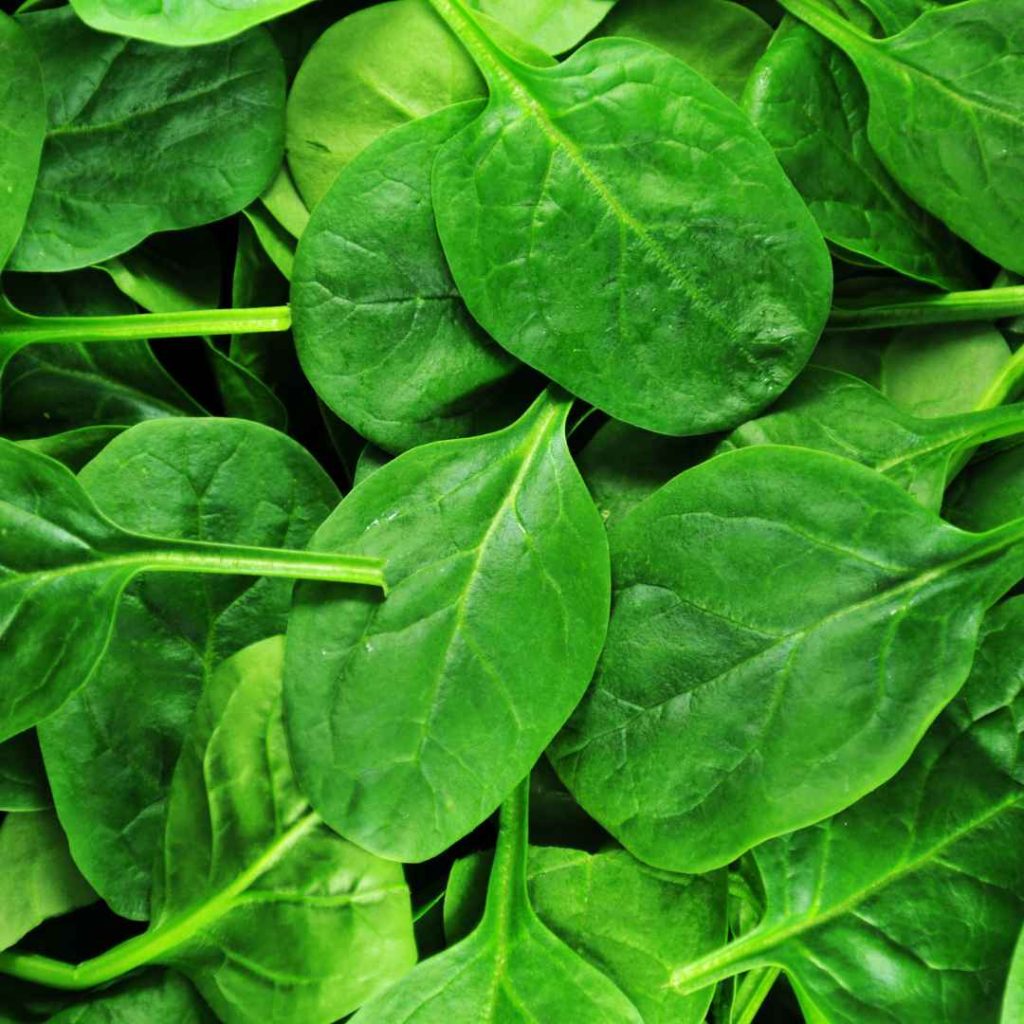
Although Malabar spinach is not related to real spinach, it tastes and can be used identically. This subtropical vining plant gets its name from a region of India where it is utilized in stir-fry recipes and soups. Compared to traditional spinach, this plant develops in distinct ways.
Instead of growing in a lush, low-to-the-ground ritual, Malabar spinach requires a scaffold or other climbing support. This plant can withstand high temperatures, but to prevent resentment, you need to maintain the soil humid. Unlike regular spinach, it can withstand the heat in places like New Mexico.
Okra:
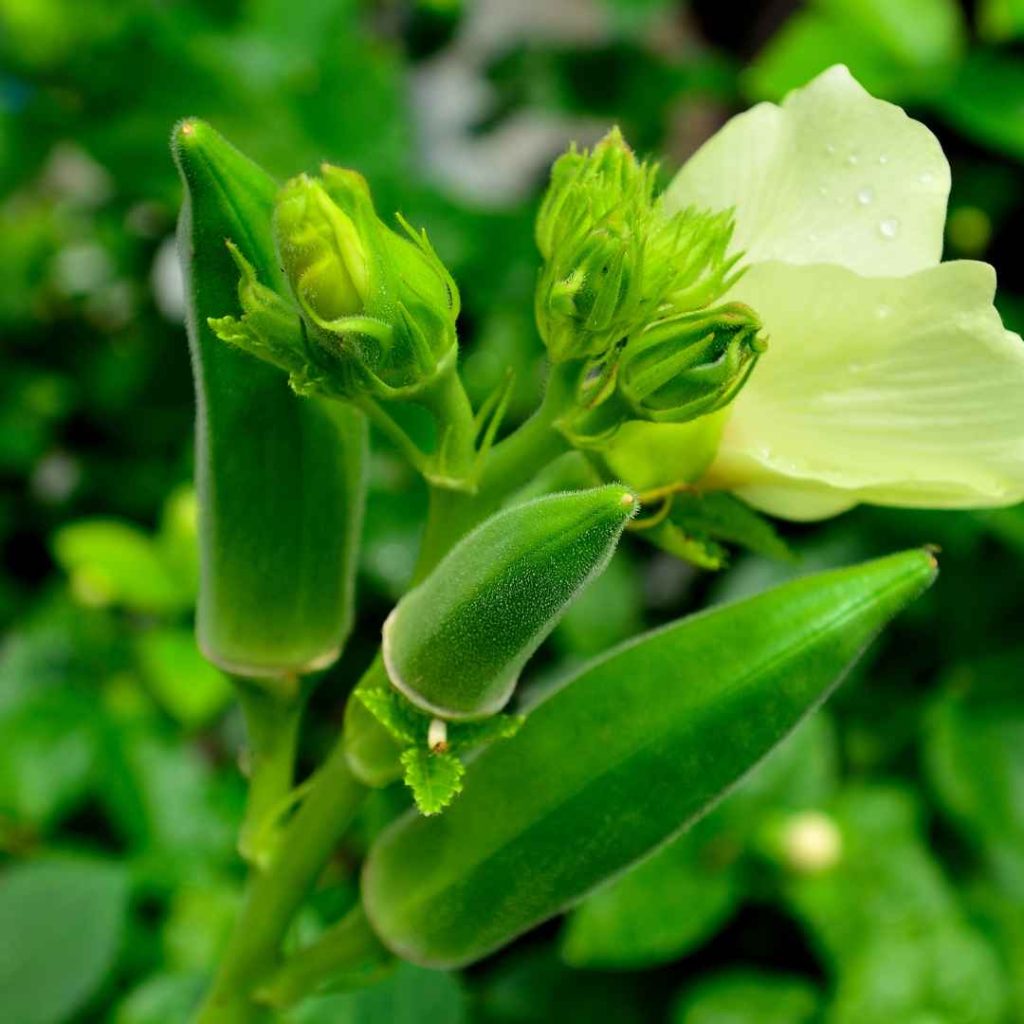
Okra was developed in Ethiopia, Africa, to withstand the heat. Due to its extreme heat resistance, it has become a mainstay in Southern cuisine and the United States. Okra’s spines make gathering it challenging for some cultivators, despite their enthusiasm for the crop.
The branches, foliage, and okra pods itself typically include spines that, when juxtaposed with the skin, can cause irritation.
Choose a “spineless” type if you don’t want to struggle with the spines. In contrast, these might still possess a few spines. An excellent illustration of this type of variation is Clemson Spineless 80. As a general guideline, okra should always be harvested using mittens and arm coverage while extending into the stalk, even if it has no spines.
Sweet Potatoes:
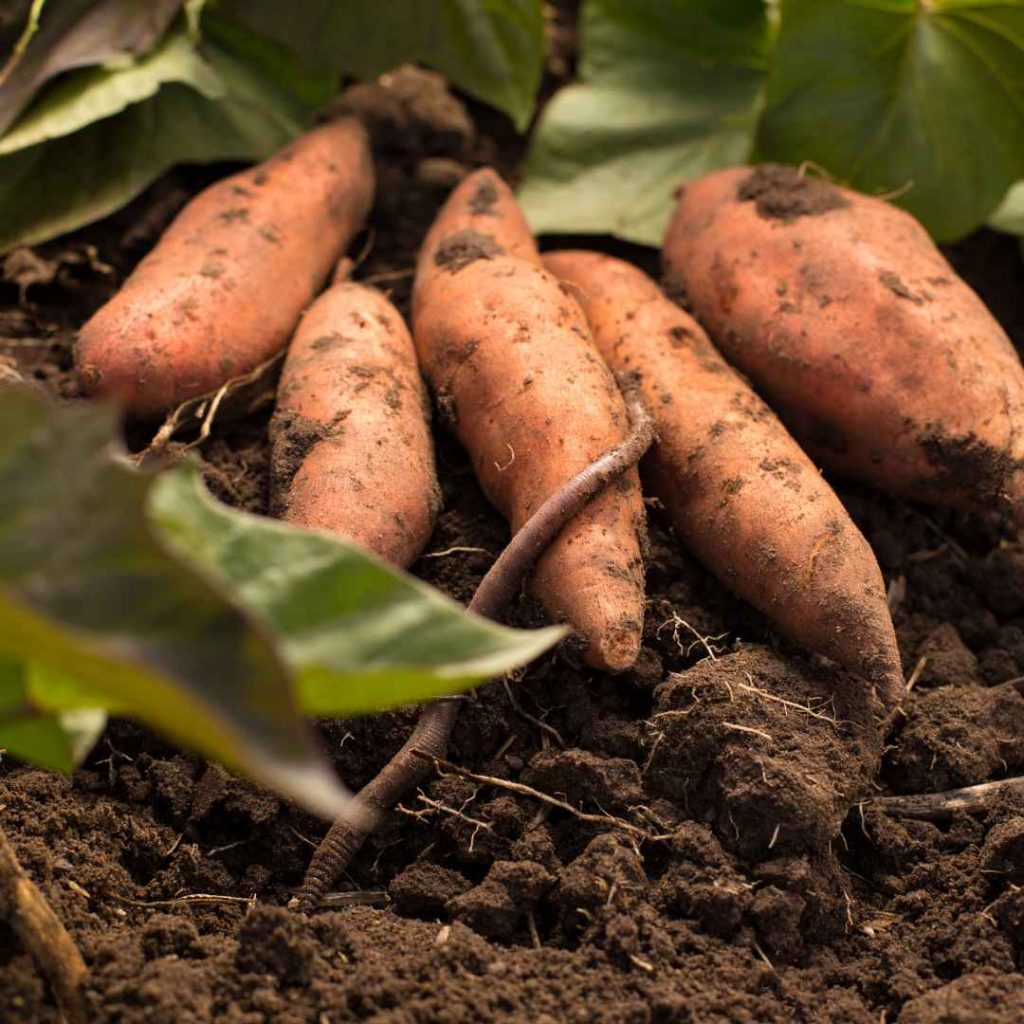
Although research has shown that sweet potatoes originally originated in Polynesia and transferred to the Americas, they were once thought to be native to Central and South America. They can withstand conditions of eighty degrees and higher, making them one of the most temperature-resistant vegetables.
For these delicious tubers to produce in large quantities, sandy ground that drains effectively is necessary. This can be accomplished by improving a drainage system at the location of cultivation through incorporating sand and softening the substrate.
Sweet potatoes can also be grown in big tanks, such as wine cellars. They will have to spend roughly four months in the field.
Summer Squash:
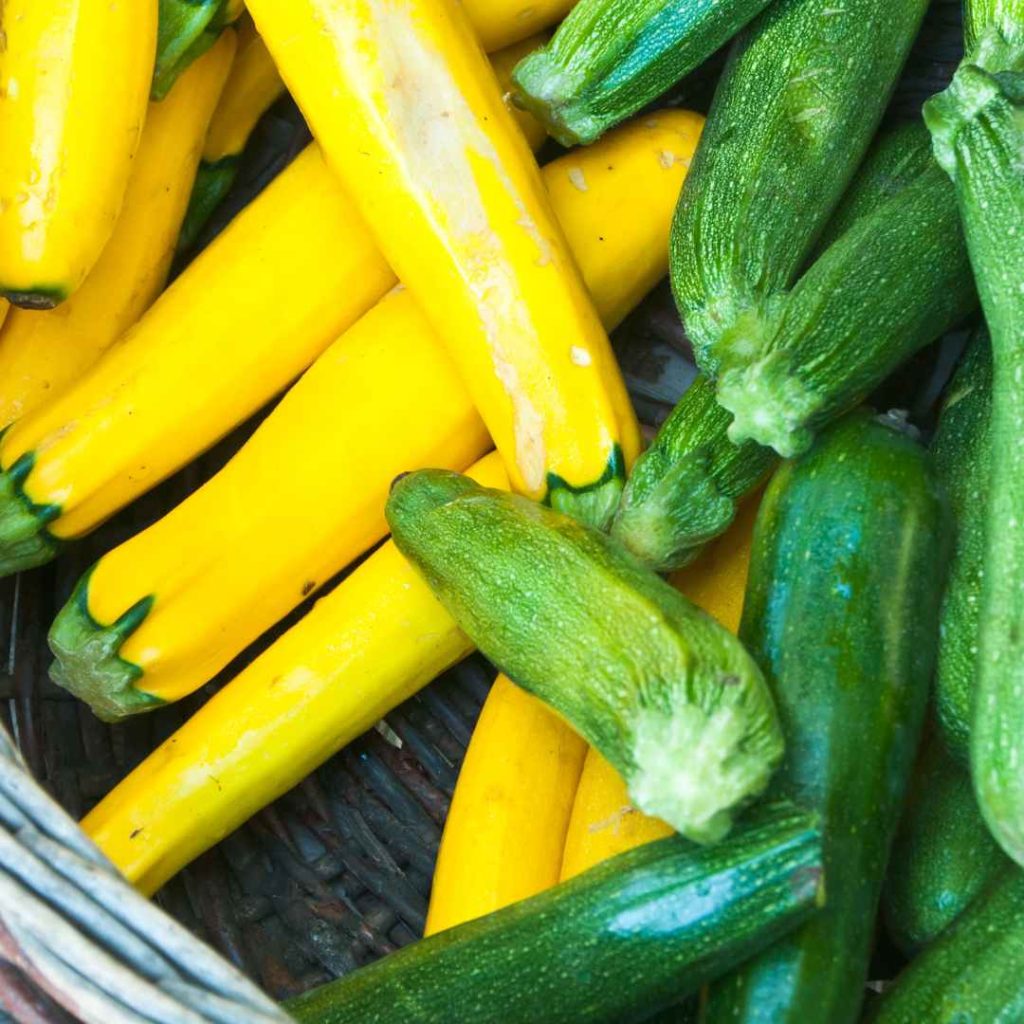
The cultivation of summer squash dates back more than eight thousand years. Along with corn, beans, and squash, it is a component of the ancient Native American three-sisters gardening. As the subtitle suggests, summer squashes won’t become popular until high temperatures arrive.
Because they grow so much, gardeners are known to give them away to those around us during the busiest time of year to avoid getting elbow-deep in zucchini! All summer squash species all thrive in hot conditions and typically survive summer times in the South.
Peppers:

Originally from Central and South America, peppers are the ideal resistant to temperatures of vegetables for hot regions. The initial species from which hundreds of different varieties have been created is Capsicum annum. Both sweltering sweet peppers fall under this category.
Sunny days are necessary for the growth and production of all peppers. Pepper seeds must be started inside two months before the final freezing day in regions with shortened growth seasons.
They should only be moved outside once evening temperatures are continuously above fifty degrees. Pepper plants might be stunted by cooler temperatures.
Peppers love warm weather so much that a warming mat helps the seeds sprout consistently. They will withstand extreme temperatures, so you should hedge them carefully and water them thoroughly and sparingly throughout the hottest part of the summer. In very hot climates, pepper blooms may not collapse if midday shelter is provided.
Eggplants:
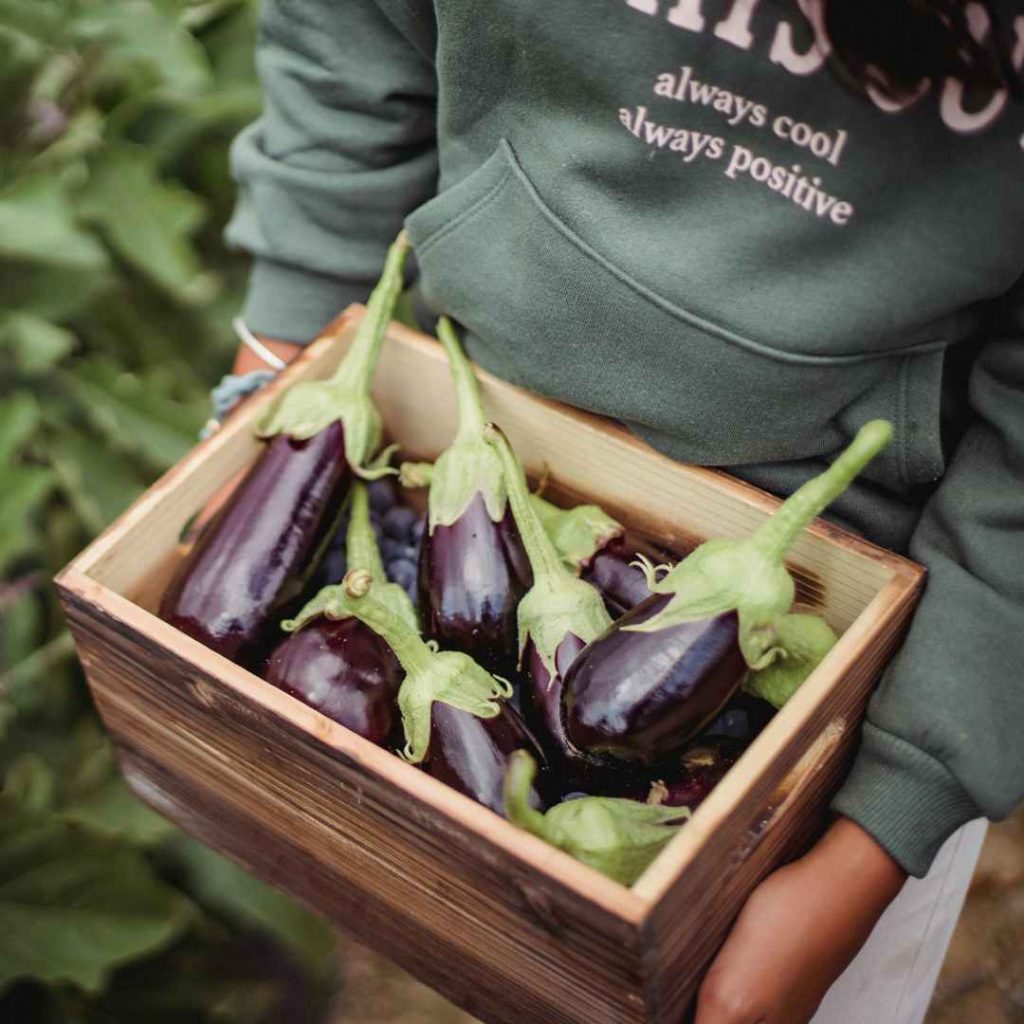
Eggplants are the most tolerant of heat among the three evening primroses that are cultivated most frequently: tomatoes, peppers, and eggplants. Although they can withstand degrees in the low to moderate 90s, eggplants thrive in daylight temperatures between 71 and 86 degrees, just like tomatoes.
The vegetation will live for as far as they get sufficient moisture, but extended exposure to temperatures above ninety five degrees can trigger the blossoms to fade.
Beyond the typical black beauty (which is comparable to what you’ll find in the supermarket department), eggplants come in a wide variety.
Conclusion:
I hope this provides you the courage to attempt developing some of these crops, especially during the sweltering summer months. For keeping plants from trying to bolting or go to seed, make sure they are routinely gathered, coated, and well-irrigated.
Always keep in mind that picking the proper type for your environment can make a huge difference, and supply shading materials as necessary!
